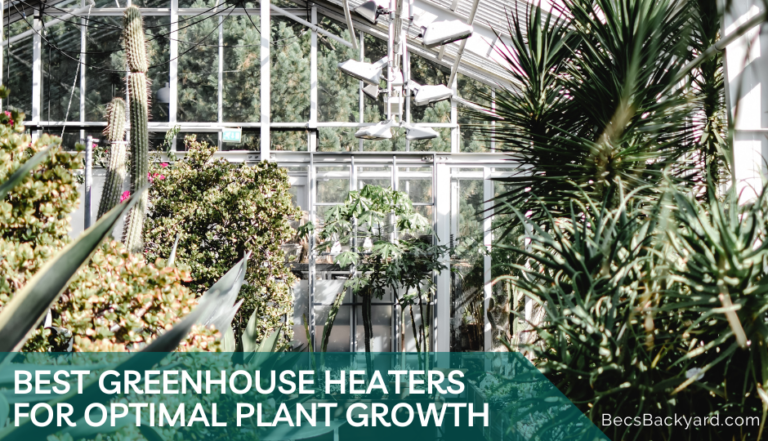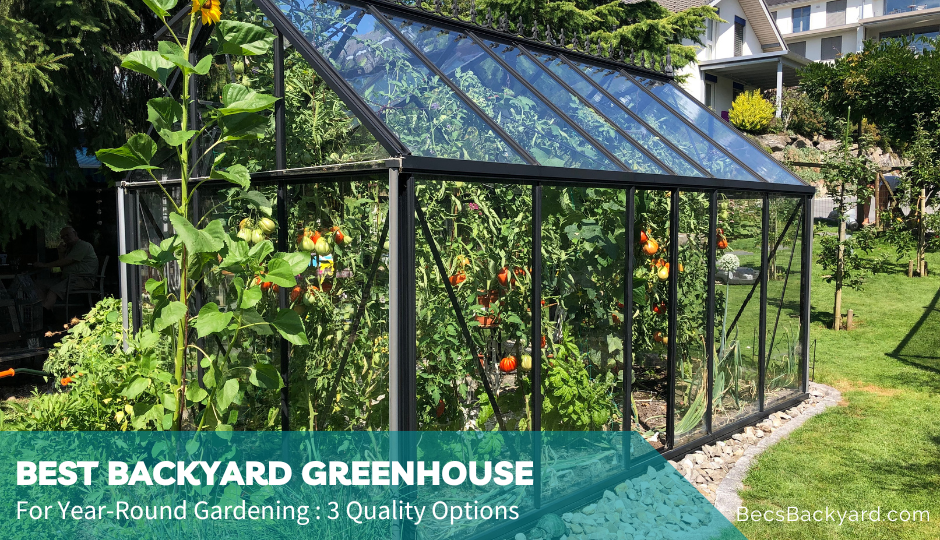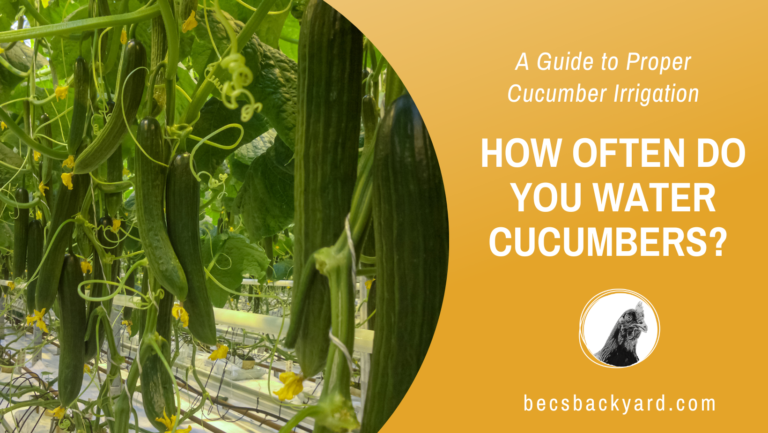5 Alluring Flowers That Start with the Letter A
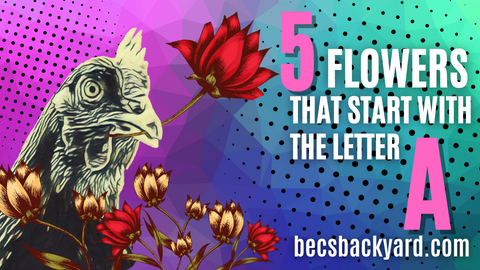
Flowers are nature’s gift to us, captivating us with their vibrant colors, delightful fragrances, and unique beauty. If you’re looking to add some gorgeous blooms to your garden, or simply want to appreciate the beauty of flowers, why not start with the letter A? From Azaleas to Asters, there are plenty of alluring flowers that begin with this letter, each with its own distinct charm and personality. In this post, we’ll explore 5 of the most enchanting flowers that start with the letter A, from their growing requirements to their symbolic meanings. So let’s dive in and discover the wonders of these captivating blooms!
Flowers That Start with the Letter A
Amaryllis


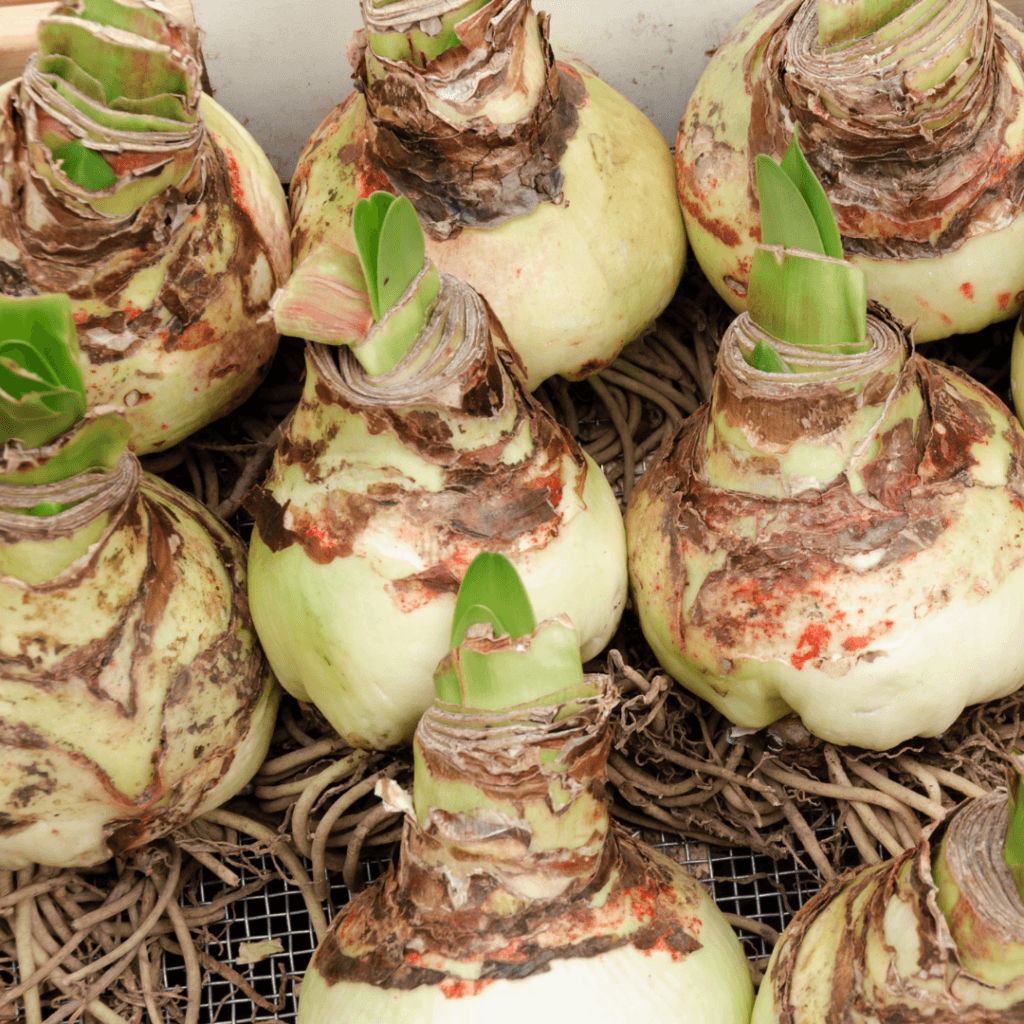
Amaryllis is a stunning flower known for its trumpet-shaped blooms that come in a range of colors such as red, pink, and white. These flowers are popular in gardens and as cut flowers due to their long-lasting blooms. They can grow up to 2 feet tall and require full sun to partial shade.
Amaryllis plants prefer a warm, sunny environment with well-draining soil. Here are some specific growing conditions that Amaryllis plants prefer:
Temperature
Amaryllis plants prefer temperatures between 60 and 75°F (15-24°C). They are sensitive to frost and should not be planted outside until all danger of frost has passed.
Light
Amaryllis plants require bright, indirect sunlight to thrive. They should be placed in a location that receives at least six hours of sunlight per day.
Soil
Amaryllis plants prefer well-draining soil that is rich in organic matter. The soil should be moist but not waterlogged, as overly wet soil can cause the bulbs to rot.
Watering
Amaryllis plants should be watered regularly during the growing season, but the soil should be allowed to dry out slightly between waterings. In the dormant season, the plants should be watered sparingly.
Fertilizer
Amaryllis plants benefit from regular fertilization during the growing season. Use a balanced fertilizer every two weeks, following the instructions on the label.
By providing these growing conditions, your Amaryllis plant should produce beautiful blooms and thrive for many years.
Azalea
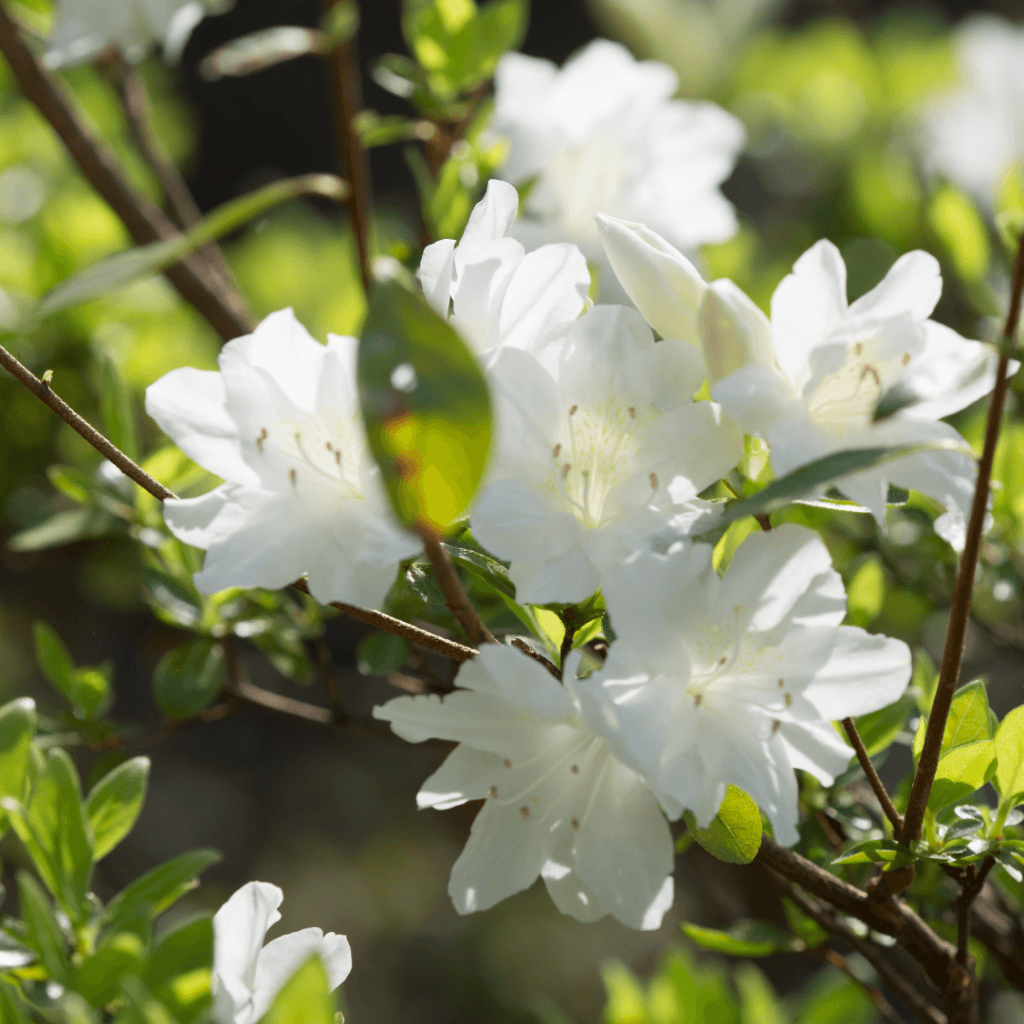

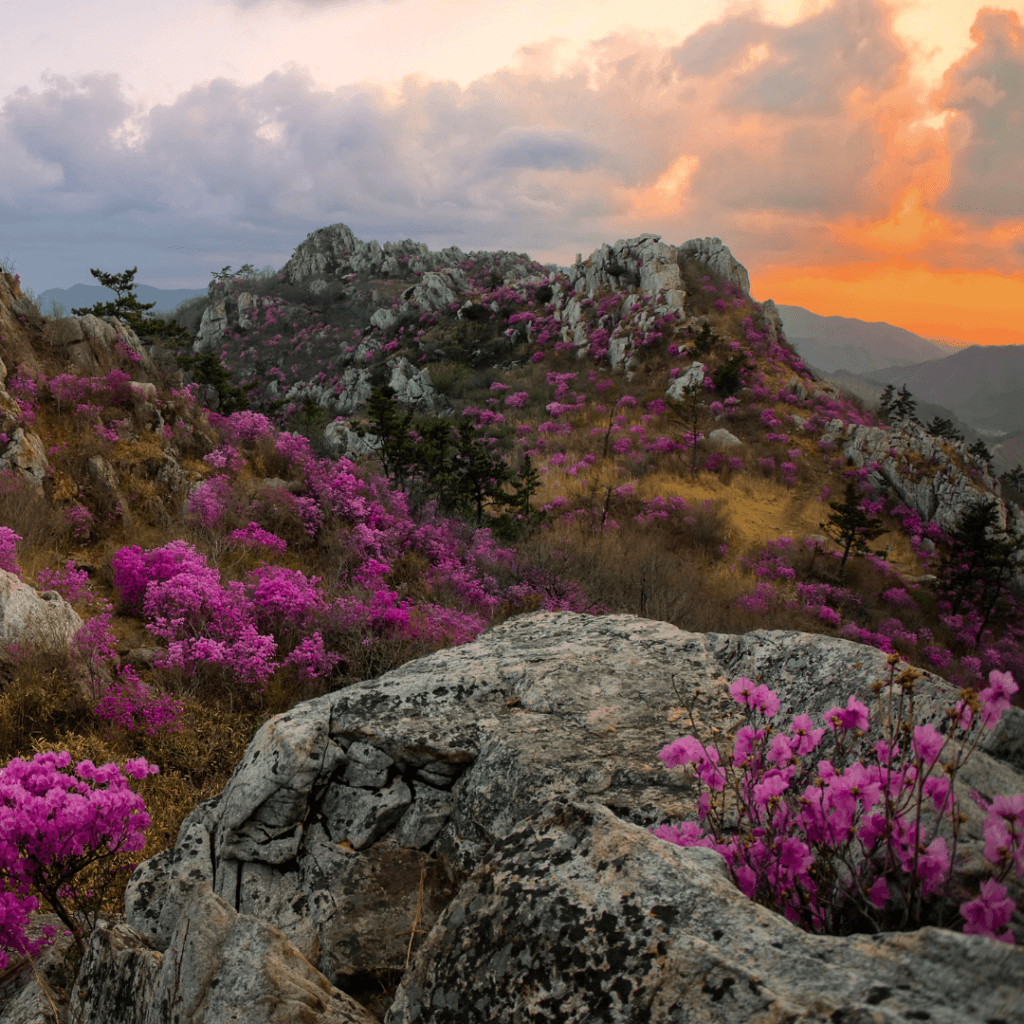
Azaleas are a type of flowering shrub that produce clusters of fragrant blooms in shades of pink, purple, and white. They are popular in gardens and as landscape plants due to their beauty and easy care.
Azaleas have a significant cultural and historical significance in various cultures around the world.
In China and Japan, Azaleas are known as “tsutsuji” and have been cultivated for centuries, often appearing in traditional paintings and poetry. They are associated with the arrival of spring and are seen as a symbol of womanhood and gentle beauty. In Japan, Azaleas are also associated with the samurai, who admired the plant’s hardiness and endurance.
In Korea, Azaleas are the national flower and are called “mugunghwa.” They symbolize immortality, love, and maternal love.
In the United States, Azaleas have been a popular garden plant since the colonial era, and they are often associated with the South. In fact, the city of Valdosta, Georgia, is known as the “Azalea City” because of the abundance of Azaleas that grow there.
Overall, Azaleas have been appreciated for their beauty and cultural significance for centuries and continue to be popular plants in gardens and parks around the world.
Soil
Azaleas prefer well-drained, acidic soil with a pH between 4.5 and 6.0. The soil should also be rich in organic matter, such as peat moss, leaf mold, or compost.
Sunlight
Azaleas prefer partial shade, where they can receive filtered sunlight for a few hours a day. Too much direct sunlight can damage their leaves and flowers.
Temperature
Azaleas prefer cool to moderate temperatures, between 60°F and 70°F during the day and 50°F to 60°F at night. They can tolerate brief periods of cold but may suffer if exposed to extended periods of freezing temperatures.
Watering
Azaleas require consistent moisture, but they do not like to sit in standing water. Watering them deeply once or twice a week is usually sufficient, but this may vary depending on the climate and soil conditions.
Fertilizer
Azaleas benefit from regular fertilization with a balanced, acidic fertilizer, typically in early spring and late summer.
Anemone
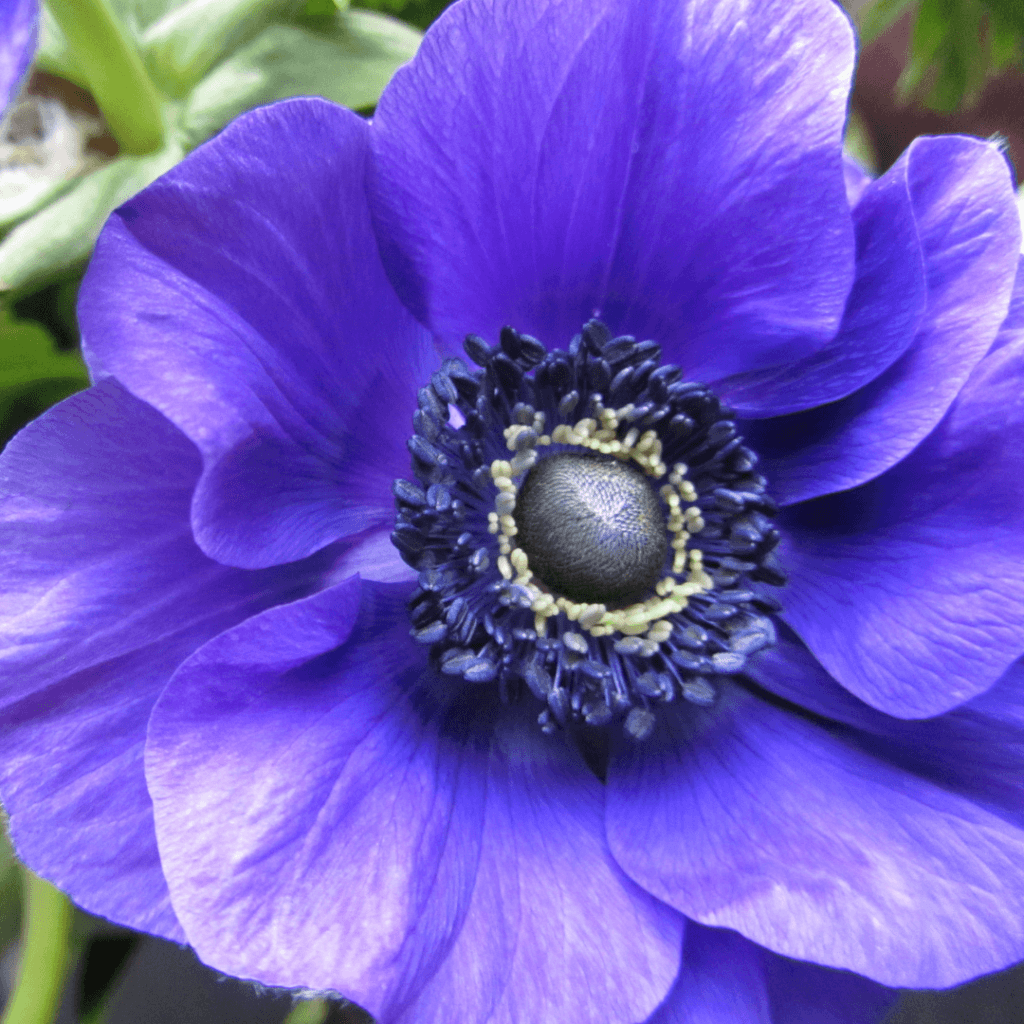
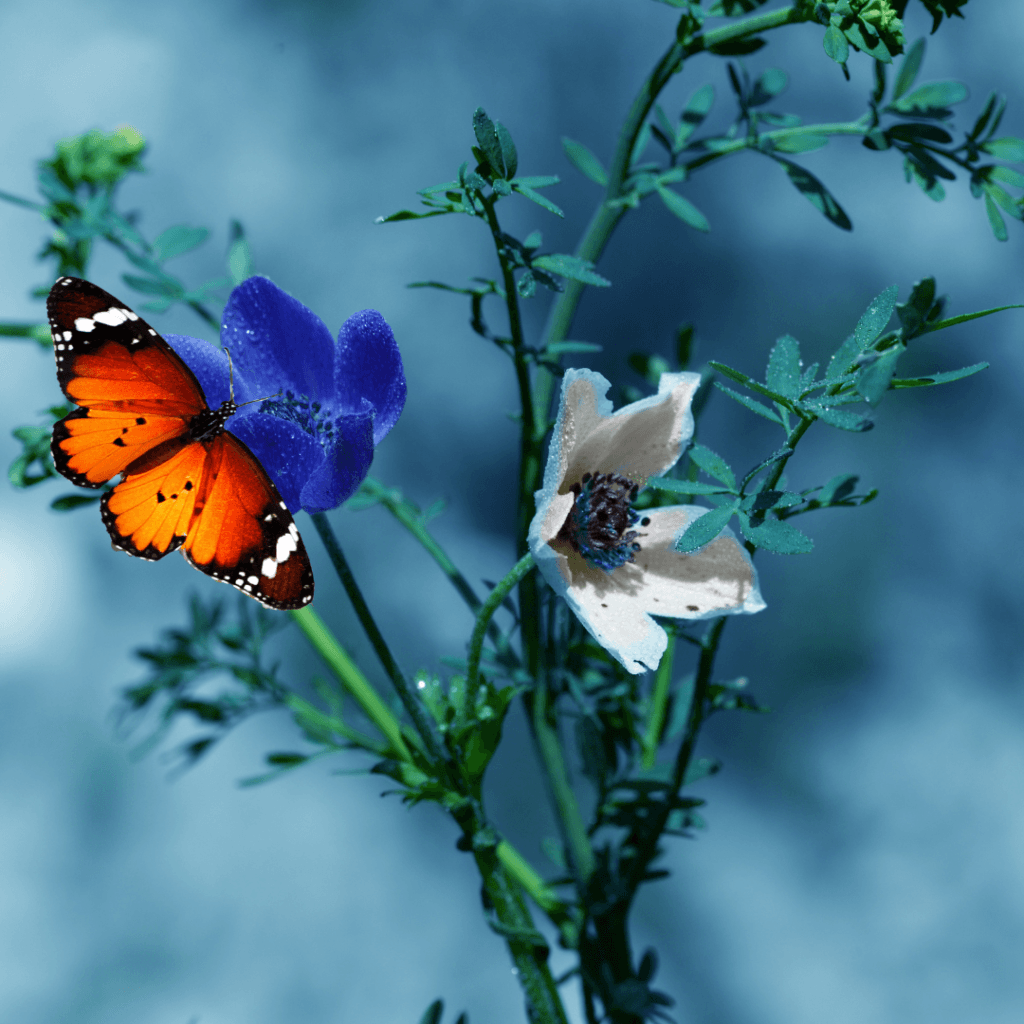

Anemones are delicate, daisy-like flowers that come in a variety of colors such as white, pink, and purple. These flowers are popular in gardens and as cut flowers due to their vibrant colors and long stems. Anemones prefer well-drained soils with full sun to partial shade.
Soil
Anemones prefer well-drained soil that is rich in organic matter. They can tolerate a range of soil types, but they prefer slightly acidic soil with a pH between 6.0 and 7.0.
Sunlight
Anemones prefer partial shade to full sun, depending on the climate. In hot climates, they may need some shade during the hottest part of the day.
Temperature
Anemones prefer cool to moderate temperatures, between 50°F and 70°F. They can tolerate brief periods of cold but may suffer if exposed to extended periods of freezing temperatures.
Watering
Anemones require consistent moisture, but they do not like to sit in standing water. Watering them deeply once or twice a week is usually sufficient, but this may vary depending on the climate and soil conditions.
Fertilizer
Anemones benefit from regular fertilization with a balanced, all-purpose fertilizer, typically in early spring and late summer.
Planting
Anemones should be planted in the fall for spring blooms, or in the spring for fall blooms. They should be planted 1-2 inches deep and 4-6 inches apart.
Aster
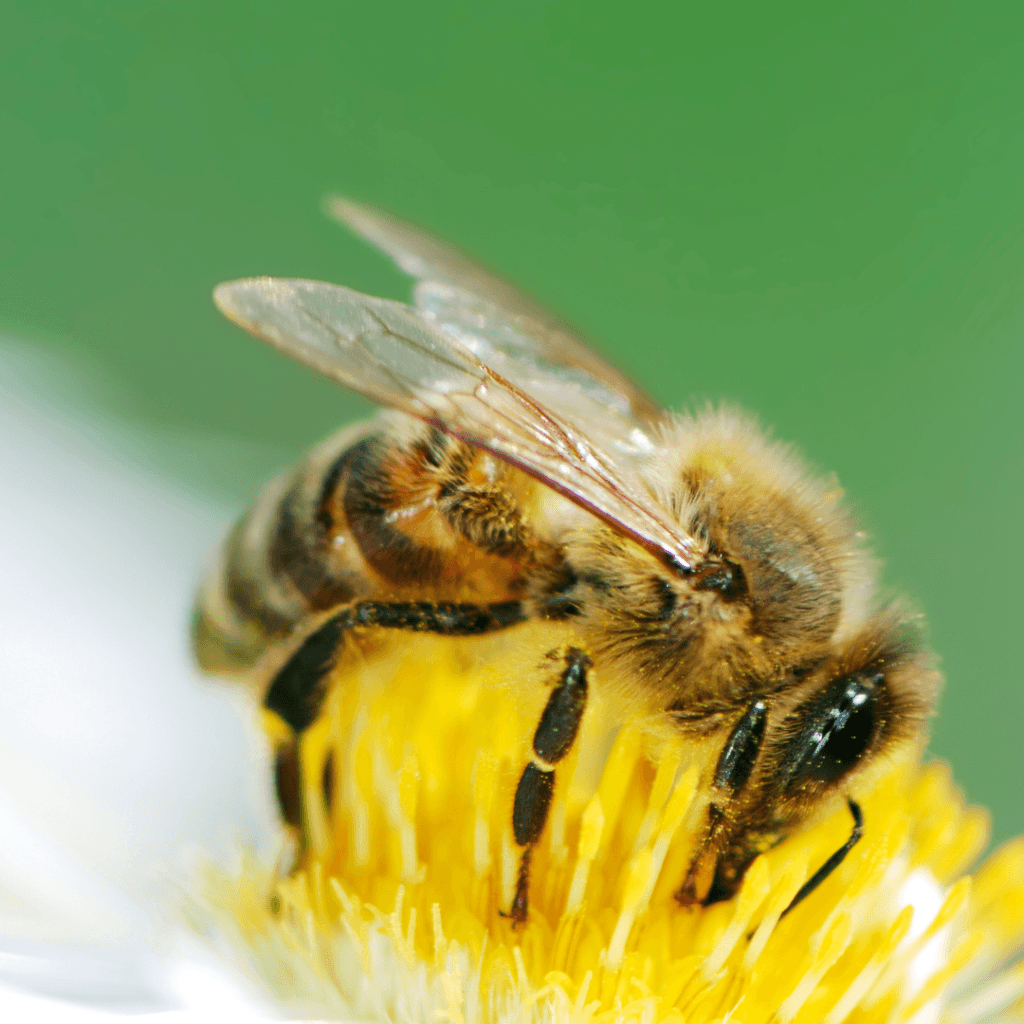

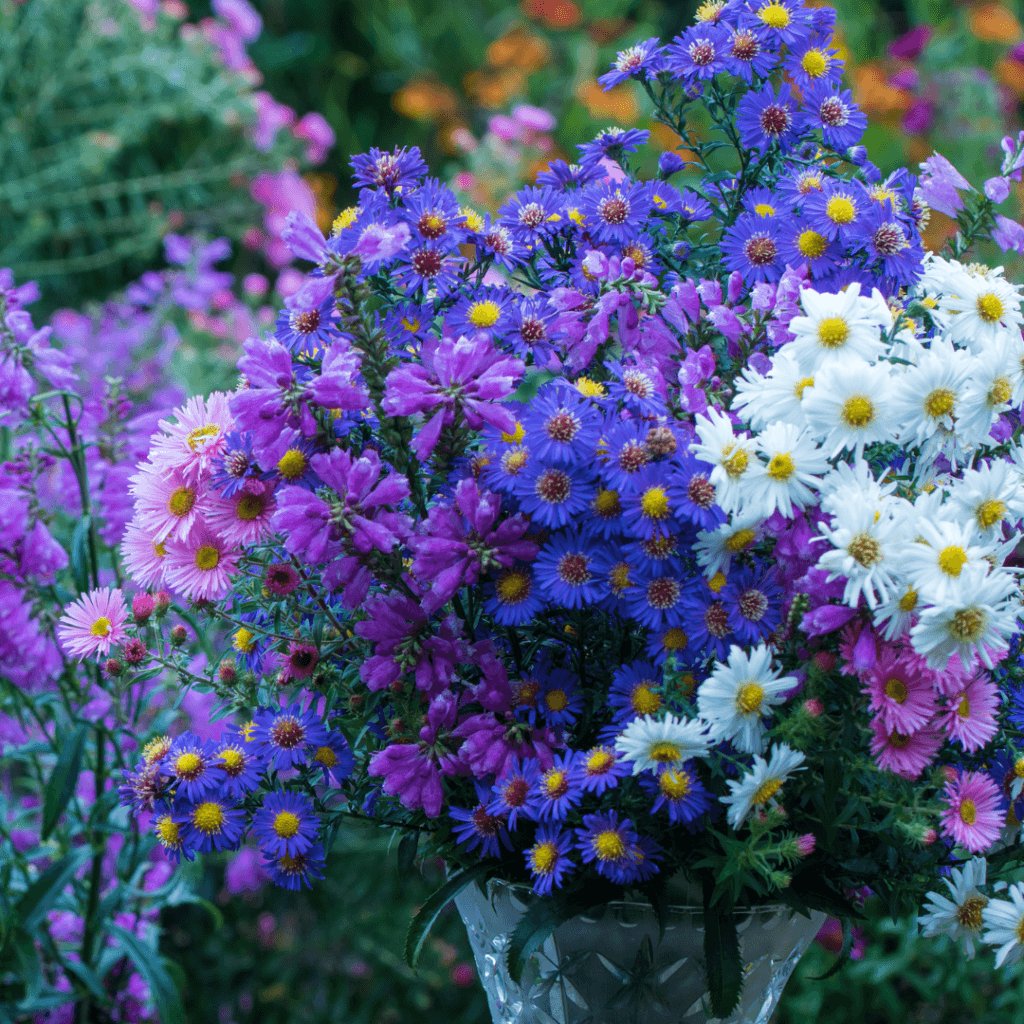
Asters are a group of daisy-like flowers that bloom in late summer and fall, producing colorful flowers in shades of purple, pink, and white. They are popular in gardens and as cut flowers due to their long-lasting blooms.
Soil
Asters prefer well-drained soil that is rich in organic matter. They can tolerate a range of soil types, but they prefer soil with a pH between 6.0 and 7.0.
Sunlight
Asters prefer full sun to partial shade. In hot climates, they may need some shade during the hottest part of the day.
Temperature
Asters prefer moderate temperatures, between 60°F and 70°F during the day and 50°F to 60°F at night. They can tolerate brief periods of cold but may suffer if exposed to extended periods of freezing temperatures.
Watering
Asters require consistent moisture, but they do not like to sit in standing water. Watering them deeply once or twice a week is usually sufficient, but this may vary depending on the climate and soil conditions.
Fertilizer
Asters benefit from regular fertilization with a balanced, all-purpose fertilizer, typically in early spring and late summer.
Planting
Asters should be planted in the spring or fall. They should be planted 12-18 inches apart, depending on the variety.
Pruning
Asters benefit from regular pruning to encourage bushier growth and more blooms. Deadheading spent flowers can also help promote more blooms.
Alstroemeria



Alstroemeria, also known as the Peruvian lily, is a perennial flower that blooms in late spring and summer, producing colorful, lily-like flowers in shades of pink, orange, and white. They are popular in gardens and as cut flowers due to their long-lasting blooms.
Soil
Alstroemeria prefer well-draining soil that is rich in organic matter. They prefer soil that is slightly acidic with a pH between 6.0 and 6.5.
Sunlight
Alstroemeria prefer full sun to partial shade. They can tolerate some shade but will not bloom as well if they do not receive enough sunlight.
Temperature
Alstroemeria prefer moderate temperatures between 60°F and 75°F during the day and 45°F to 55°F at night. They are sensitive to frost and freezing temperatures.
Watering
Alstroemeria require consistent moisture, but they do not like to sit in standing water. Watering them deeply once or twice a week is usually sufficient, but this may vary depending on the climate and soil conditions.
Fertilizer
Alstroemeria benefit from regular fertilization with a balanced, all-purpose fertilizer, typically in early spring and late summer.
Planting
Alstroemeria should be planted in the spring or fall. They should be planted 12-18 inches apart, depending on the variety.
Support
Alstroemeria plants can grow up to 4 feet tall and may need support to prevent them from falling over. Staking the plants or providing a trellis can help support their growth.
Why Becs Likes Them
Here are my reasons why the above 5 Flowers Starting with the Letter A are my favs.
- Amaryllis – I love how they have these magnificent blooms atop a singular long stalk
- Azalea – when a large azalea tree is in full bloom you can hear the gentle hum of bees busy collecting pollen, it is magical.
- Anemones especially the blue ones catch my eye with their striking color and delicate petals.
- Asters remind me of fluffy teddy bears,
- Alstroemeria are hardy, come in a range of beautiful colors and make the most brilliant addition for the vase inside and I have been hunting for a large one for my backyard for some time!
Join us in the next post for Flowers Starting with the Letter C. And don’t forget to take time out to smell the roses


